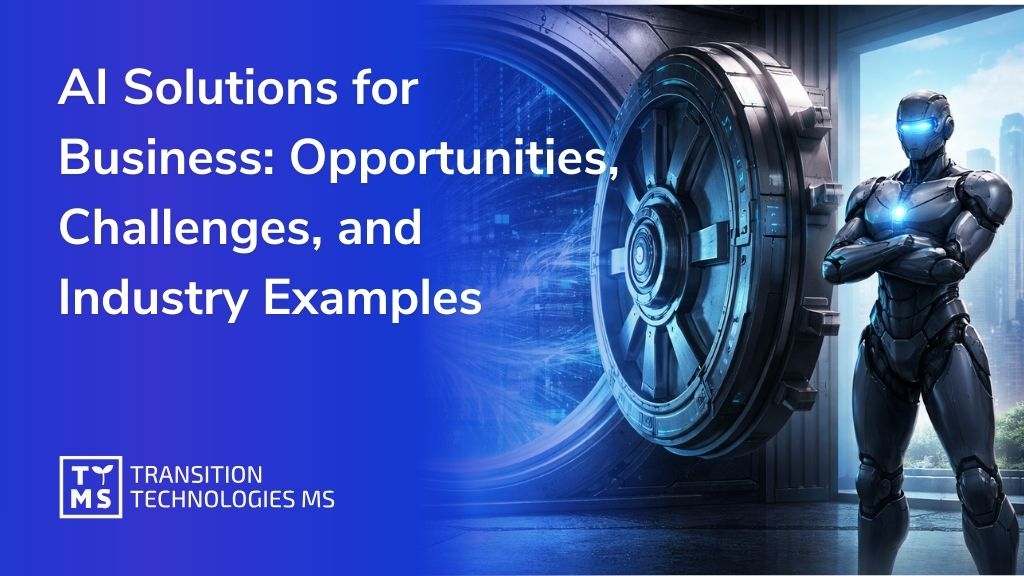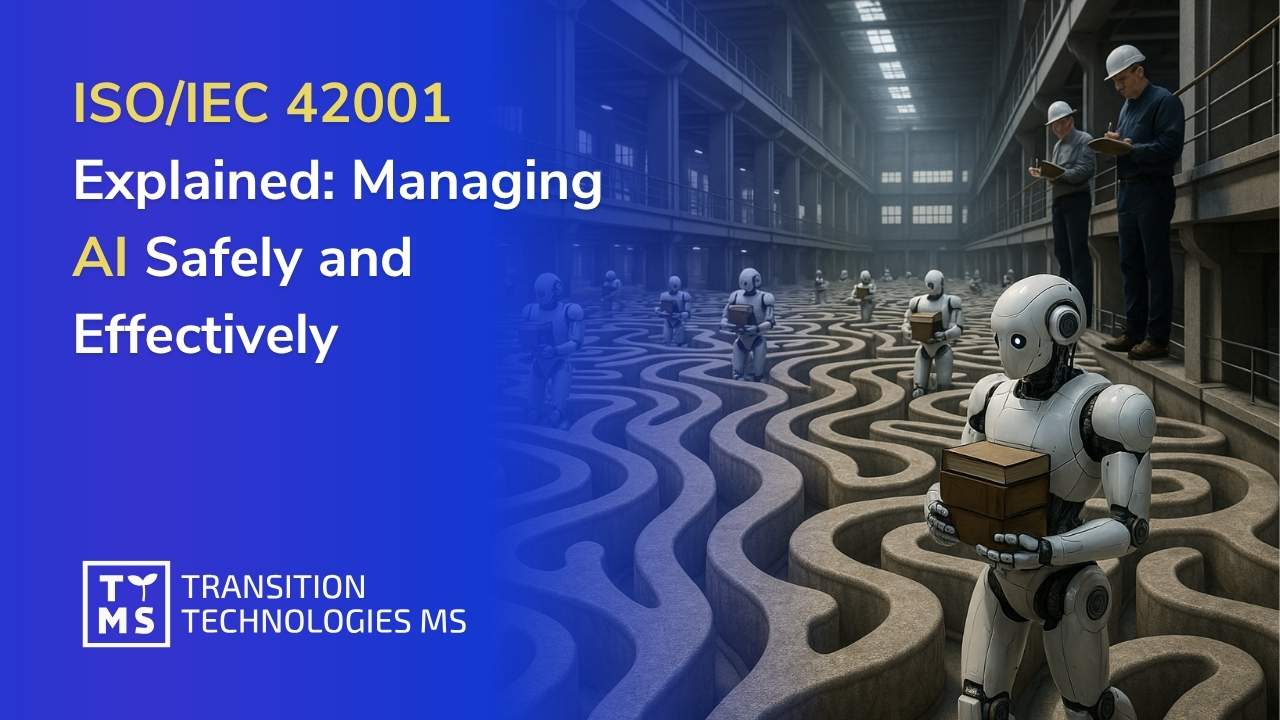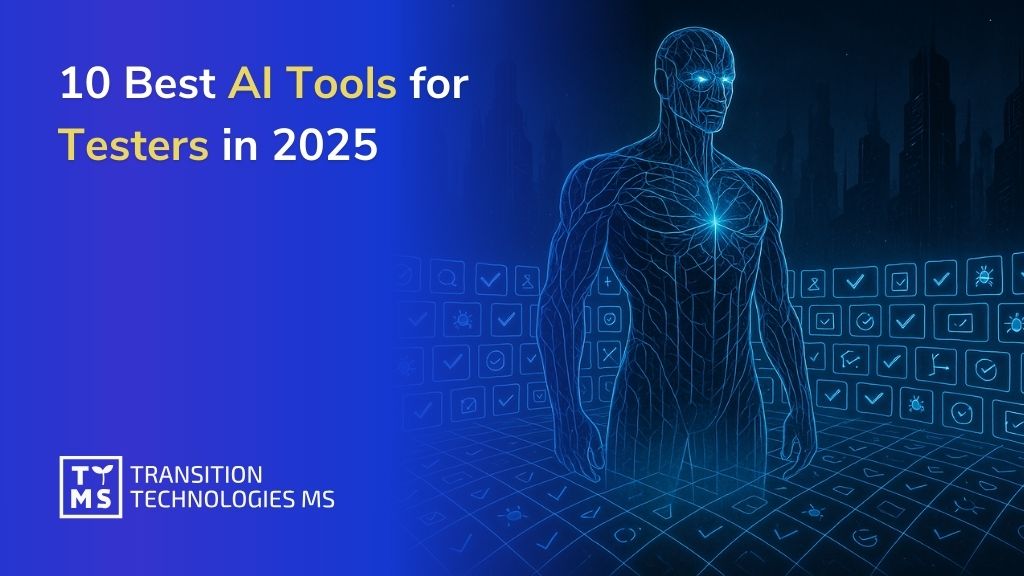The Body Leasing model – also known as Staff Augmentation – is an outsourcing approach where a service provider supplies skilled IT professionals to join a client’s in-house team on a temporary basis. In practice, TTMS hires or draws from its talent pool the exact specialists a client needs (developers, testers, engineers, etc.) and “leases” them to the client. These professionals work full-time on the client’s project and integrate into the client’s day-to-day operations, while remaining on TTMS’s payroll. Under this model, the client retains full control over work assignments, priorities and management of the augmented team. TTMS handles all administrative, legal, and HR responsibilities (such as recruitment, payroll, benefits and compliance) for the leased staff.
As a result, Body Leasing provides a rapid and flexible way to scale IT capacity without the delays and commitments of hiring permanent employees. It is ideally suited for large enterprises that need to quickly expand their teams for new initiatives (e.g. digital transformation, new product development or IT modernization) while keeping projects on track and budgets transparent.

How Body Leasing Works in IT Outsourcing
- Needs assessment and recruitment: The client (large enterprise) defines the required roles and skills (e.g. Java developers, cloud architects, data analysts). TTMS then recruits or allocates qualified professionals to meet those requirements.
- Onboarding and integration: Selected specialists join the client’s project, physically or virtually. They are introduced into the client’s processes, use the client’s tools, and follow the client’s work practices.
- Client-driven management: The client’s project managers and team leads directly assign tasks, set priorities and review the work of the augmented staff, just as they would with their own employees. The external specialists effectively become extensions of the client’s team.
- Flexible engagement: Body Leasing contracts are typically open-ended month-to-month or for a defined project period (e.g. 3–12 months). The client can scale the augmented team up or down by adding or releasing resources as needs change, subject to agreed notice periods.
- TTMS support: Throughout the engagement, TTMS ensures that replacements or additional hires are provided promptly if skill needs shift. TTMS also handles all contractual, legal and payroll issues, giving the client one point of contact and leaving the client free from HR overhead for these staff.
In summary, Body Leasing means hiring dedicated specialists via an IT outsourcing partner, but keeping them in-house virtually. The client gets the talent and labor it needs, while the service provider manages staffing logistics.
Key Features of the Body Leasing Model
- High Flexibility and Scalability: Enterprises can quickly scale teams up or down. For example, if a project suddenly requires five more software testers, TTMS can recruit and allocate those testers within weeks. When the project phase ends, those resources can be released. This on-demand scaling avoids long hiring or firing processes and adapts to fluctuating workloads.
- Rapid Access to Talent: TTMS maintains a large network of pre-screened IT professionals with diverse skill sets. When a client has an urgent need (such as migrating to cloud or launching a new app), TTMS can rapidly supply experts with the exact experience needed. This speeds up project kick-off and development velocity.
- Full Client Control: Unlike models where the provider manages the project deliverables, Body Leasing gives the client direct control over daily work. The client assigns tasks, sets development standards, and performs code reviews. External staff report to the client’s managers. This ensures the client’s vision and priorities drive the project, and cultural or procedural alignment is maintained.
- Transparent Cost Structure: Clients typically pay a fixed hourly or monthly fee per resource. Costs are directly tied to the time the experts spend on the project, making budgeting straightforward. There are no hidden overheads for unused time. Since TTMS handles HR administration, the client does not incur the usual employee-related costs (training, insurance, benefits) for these contracted staff.
- Full Administrative Support: TTMS takes care of recruitment, training arrangements, payroll, taxes and compliance for the augmented personnel. The client avoids the time and expense of running these processes themselves. This administrative outsourcing streamlines operations and lets the client focus solely on project execution.
- Deep Integration: The leased professionals work exclusively on the client’s project and use the client’s tools (e.g. project management software, code repository, communication channels). They become part of the client’s workflow and reporting structure, which facilitates knowledge sharing and alignment with internal teams.

Benefits of Body Leasing for Large Enterprises
Body Leasing offers several strategic advantages to large organizations:
- Rapid Team Scaling for Transformation Initiatives: Enterprises undergoing digital transformation or launching new technology projects can instantly boost their workforce. For example, a bank rolling out a new mobile banking platform may need dozens of extra developers; body leasing makes this surge possible without months of recruiting.
- Access to Specialized and Rare Skills: Large projects often require niche expertise (e.g. AI/ML, cybersecurity, blockchain, legacy system migration). Rather than waiting to find rare talent on the open market, enterprises can obtain these specialists through TTMS’s international talent pool. This avoids project delays that come from talent shortages.
- Cost Control and Predictability: Because Body Leasing shifts variable costs to a pay-as-you-go model, enterprises only pay for what they use. This flexibility reduces the financial risk of full-time hires that might be underutilized later. It also provides better visibility into costs for each project phase, aiding financial planning and reporting.
- Focus on Core Competencies: By offloading staffing and administrative burdens to TTMS, the enterprise’s internal HR and management teams can concentrate on core business and strategic work rather than recruiting and onboarding. The in-house leaders manage only the technical work, not the employment details.
- Speed to Market: With an augmented team in place, development timelines accelerate. This is crucial for competitive advantage. For instance, an automotive company adopting connected car technologies can quickly assemble a team of IoT engineers through body leasing, beating slower competitors to market.
- Temporary or Project-Based Needs: Body Leasing is ideal for time-limited projects (e.g. legacy system replacement, compliance certification, one-off campaigns) where hiring permanent staff would be wasteful. Enterprises can ramp up just for the project duration and then easily downsize when the goals are met.
- Improved Risk Management: Large projects carry risks related to staffing continuity. Body Leasing mitigates this by allowing enterprises to quickly replace or augment team members if a specialist resigns or if priorities change. It also sidesteps the risk of knowledge loss when external staff leave, because TTMS can provide backups or transitions.
Comparing Engagement Models
Large enterprises often choose between Body Leasing (Staff Augmentation), Time & Material (T&M), and Managed Services. Here are the key distinctions:
- Control Level: In Body Leasing, the client retains the highest level of control. The client’s managers assign work and supervise the augmented personnel day-to-day, just as they would with in-house staff. In Time & Material, control is shared: the client sets high-level priorities and reviews work, but the provider’s team manages implementation details and project execution. In a Managed Services model, the provider takes on most control. The provider commits to delivering certain services or outcomes with minimal daily oversight from the client; the provider decides how to achieve the agreed results.
- Accountability: With Body Leasing, TTMS’s accountability is mainly to supply the right people and ensure they have the skills promised. The client is accountable for the project’s success, since the client directs the team and defines deliverables. In Time & Material, the provider is accountable for delivering specific work products or project milestones, but still bills by effort. In Managed Services, TTMS would be accountable for meeting service levels or project outcomes under contract, taking on much of the risk if targets are not met.
- Scope of Services: Body Leasing is primarily about staff supply. The scope is the time and role of each individual on the client’s team – the client defines all tasks. Time & Material covers broader project work: TTMS provides not only people but also a process, project management, and deliverables, with scope allowed to evolve over time. Managed Services generally involves a comprehensive scope (e.g. “manage our helpdesk” or “build and operate this system”). The provider takes responsibility for entire functions or projects, not just supplying labor.
- Engagement Flexibility: All three models are flexible in different ways. Body Leasing allows rapid personnel changes—adding or releasing staff monthly. T&M allows scope and budget to flex with project changes (client can reprioritize features each sprint). Managed Services typically has defined responsibilities but can include clauses for scaling up services or taking on new areas over time.
- Cost Structure: In Body Leasing, costs are typically per-resource rates (hourly or monthly) times the number of resources used. This makes costs variable but transparent per person. Time & Material charges per hour of work and materials used, also variable, but tied to project timelines. Managed Services often uses fixed-fee contracts or pre-agreed rates for service bundles, providing budget predictability but less flexibility per hour.
In summary, Body Leasing is best when an enterprise wants to augment internal teams with extra hands while keeping project direction in-house. It is less about outsourcing entire deliverables and more about boosting capacity. Time & Material is suited for projects where the provider leads development but with evolving scope. Managed Services is chosen when the enterprise wants to outsource an entire function or project outcome under an SLA.

Conclusion: A Strategic Advantage with TTMS Body Leasing
For large enterprises facing fast-paced market demands and complex IT initiatives, Body Leasing offers a strategic advantage. It combines the agility of on-demand staffing with the oversight control that enterprise leaders require. By partnering with TTMS for Body Leasing, companies can rapidly scale their teams, access critical expertise, and keep projects moving forward without long-term HR commitments.
An example of such collaboration is our project for the UK-based company Connect It Utility Services. Through team leasing, we provided experienced Salesforce developers who helped the client streamline project cost tracking, HR data management, and field technicians’ operations. Thanks to our experts, the company gained a flexible solution tailored to the realities of the construction and utilities sector, integrated with Field Service and HR modules, resulting in greater cost control and improved work organization.
TTMS provides experienced, vetted IT professionals who can be embedded seamlessly into a client’s environment. With ISO-certified processes and a proven track record in IT outsourcing, TTMS ensures that the augmented personnel deliver maximum value. Decision-makers in large companies should consider Body Leasing with TTMS as a strategic tool to boost capacity during digital transformation and beyond.
To explore how Body Leasing can help your organization, contact TTMS and discover how we can swiftly expand your IT team and accelerate your project delivery while keeping you in full control. Moreover, in addition to body leasing of entire teams, we now also offer the possibility to flexibly strengthen your existing structures, for example when you want to hire Java developers or hire .NET developers for specific tasks or projects.
How is Body Leasing different from traditional IT outsourcing, and why choose this model?
Body Leasing, also known as Staff Augmentation, differs significantly from traditional outsourcing in terms of control and integration. In conventional outsourcing, the service provider manages the team and is accountable for project delivery. With Body Leasing, the client maintains direct control over day-to-day tasks and integrates external specialists into their internal processes. This gives businesses full visibility over execution and ensures alignment with internal quality standards. The model is especially suitable for companies that already have established workflows and need additional capacity, not project management.
What are the risks associated with Body Leasing, and how can they be mitigated?
One key risk is dependency on the vendor’s ability to supply the right talent quickly. If a required specialist is not immediately available, project timelines can be impacted. Additionally, knowledge continuity can suffer if a leased professional leaves the team. To mitigate these risks, it’s important to work with a reliable provider that offers smooth handover processes, rapid replacements, and strong onboarding practices. Clear communication, knowledge-sharing protocols, and centralized documentation systems can also help safeguard against project disruption.798119093
Is Body Leasing only suitable for large tech enterprises?
No, while Body Leasing is popular among large corporations, it is also highly effective for mid-sized companies and startups. Smaller organizations often lack the budget or long-term need to hire full-time specialists, especially for short-term or niche projects. Body Leasing allows them to access top-tier IT professionals on demand without committing to permanent hires. It provides a cost-effective way to expand capabilities, support innovation, and stay agile in response to business opportunities or technical challenges.
What are the most in-demand skills typically provided through Body Leasing?
Companies most often seek skilled software developers (e.g., Java, .NET, React), QA testers, DevOps engineers, cloud architects (AWS, Azure, GCP), data analysts, and cybersecurity specialists. Recently, there’s been growing demand for experts in AI/ML, blockchain, and legacy system modernization. One major advantage of Body Leasing is access to rare or highly specialized skill sets without long hiring cycles. Providers like TTMS often draw from an international talent pool, which makes it easier to source the exact expertise required, regardless of location.
What happens when a Body Leasing contract ends, and are there any legal formalities for the client?
Ending a Body Leasing engagement is generally simple and flexible, depending on the notice period agreed upon in the contract—often 2 to 4 weeks. There are no legal employment obligations for the client, such as severance payments or offboarding procedures. The service provider remains the legal employer and handles all HR, legal, and payroll responsibilities. This allows the client to easily scale down resources as needed without administrative burden, enabling leaner operations and more efficient budget management.






